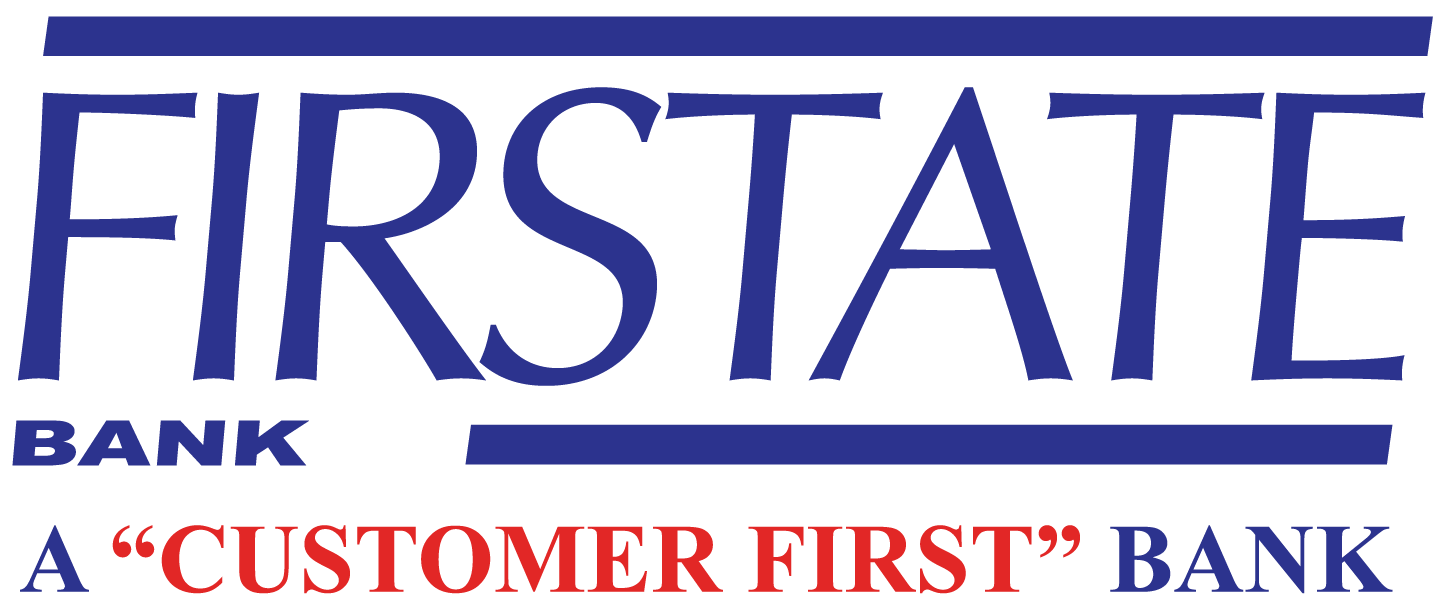What is Cybercrime?
Cybercrime is any violation of federal, state, or local statute, or malicious or suspicious activity, in which a computer, network, or device is an integral component of the violation. Examples can include: a malicious cybercriminal breaking into a computer to steal information (computer intrusion) or to change a website defacement; malware being placed on a computer without the owner’s permission; and that malware using that computer’s resources to send spam.
7 Tips for Protecting Yourself Online
Though the internet has many advantages, it can also make users vulnerable to fraud, identity theft and other scams. Cyber threats have evolved and increased exponentially, occurring on a more frequent basis than ever before. According to Symantec, 12 adults become a victim of cybercrime every second. First State Bank, The Georgia Bankers Association and the American Bankers Association recommend the following tips to keep you safe online:
1. Keep your computers and mobile devices up to date.
Having the latest security software, web browser, and operating system are the best defenses against viruses, malware, and other online threats. Turn on automatic updates so you receive the newest fixes as they become available.
2. Set strong passwords.
A strong password is at least eight to ten characters in length and includes a mix of upper and lowercase letters, numbers, and special characters.
3. Watch out for phishing scams.
Be cautious about links and attachments. Phishing scams use fraudulent emails and websites to trick users into disclosing private account or login information. Do not click on links or open any attachments or pop-up screens from sources you are not familiar with. When in doubt, delete it. Forward phishing emails to the Federal Trade Commission (FTC) at [email protected] – and to the company, bank, or organization impersonated in the email.
4. Keep personal information personal.
Hackers can use social media profiles to figure out your passwords and answer those security questions in the password reset tools. Lock down your privacy settings and avoid posting things like birthdays, addresses, mother’s maiden name, etc. Be wary of requests to connect from people you do not know.
5. Secure your internet connection.
Always protect your home wireless network with a password. When connecting to public Wi-Fi networks, be cautious about what information you are sending over it.
6. Shop safely.
Before shopping online, make sure the website uses secure technology. When you are at the checkout screen, verify that the web address begins with https. Also, check to see if a tiny locked padlock symbol appears on the page.
7. Read the site’s privacy policies.
Though long and complex, privacy policies tell you how the site protects the personal information it collects. If you don’t see or understand a site’s privacy policy, consider doing business elsewhere.
14 Ways to Protect Your Mobile Device
Your mobile device provides convenient access to your email, bank and social media accounts. Unfortunately, it can potentially provide the same convenient access for criminals.
1. Use the passcode lock on your smartphone and other devices.
This will make it more difficult for thieves to access your information if your device is lost or stolen.
2. Enable Encryption.
Enabling encryption on your smartphone is one of the best ways to safeguard information stored on the device, thwarting unauthorized access.
3. Log out completely when you finish a mobile banking session.
4. Protect your phone from viruses and malicious software, or malware, just like you do for your computer by installing mobile security software.
5. Use caution when downloading apps.
Apps can contain malicious software, worms, and viruses. Beware of apps that ask for unnecessary “permissions.”
6. Regularly download and update your device — your phone and mobile apps.
7. Avoid storing sensitive information like passwords or a social security number on your mobile device.
8. Tell your financial institution immediately if you change your phone number or lose your mobile device.
9. Be aware of shoulder surfers.
The most basic form of information theft is observation. Be aware of your surroundings especially when you’re punching in sensitive information.
10. Install a phone locator/remote erase app.
Wipe your mobile device using specialized software or using the manufacturer’s recommended technique before you donate, sell or trade it. Some software allows you to wipe your device remotely if it is lost or stolen.
11. Beware of mobile phishing.
Avoid opening links and attachments in emails and texts, especially from senders you don’t know. And be wary of ads (not from your security provider) claiming that your device is infected.
12. Watch out for public Wi-Fi.
Public connections aren't very secure, so don’t perform banking transactions on a public network. If you need to access your account, try disabling the Wi-Fi and switching to your mobile.
13. Disable unwanted services when not in use and install applications from trusted sources only.
Bluetooth and Near Field Capabilities (NFC) can provide an easy way for an unauthorized user nearby to gain access to your data. Turn these features off when they are not required. When downloading apps, make sure that you read the privacy statement, review permissions, check the app reviews and look online to see if any security company has identified the app as malicious.
14. Report any suspected fraud to your bank immediately.


